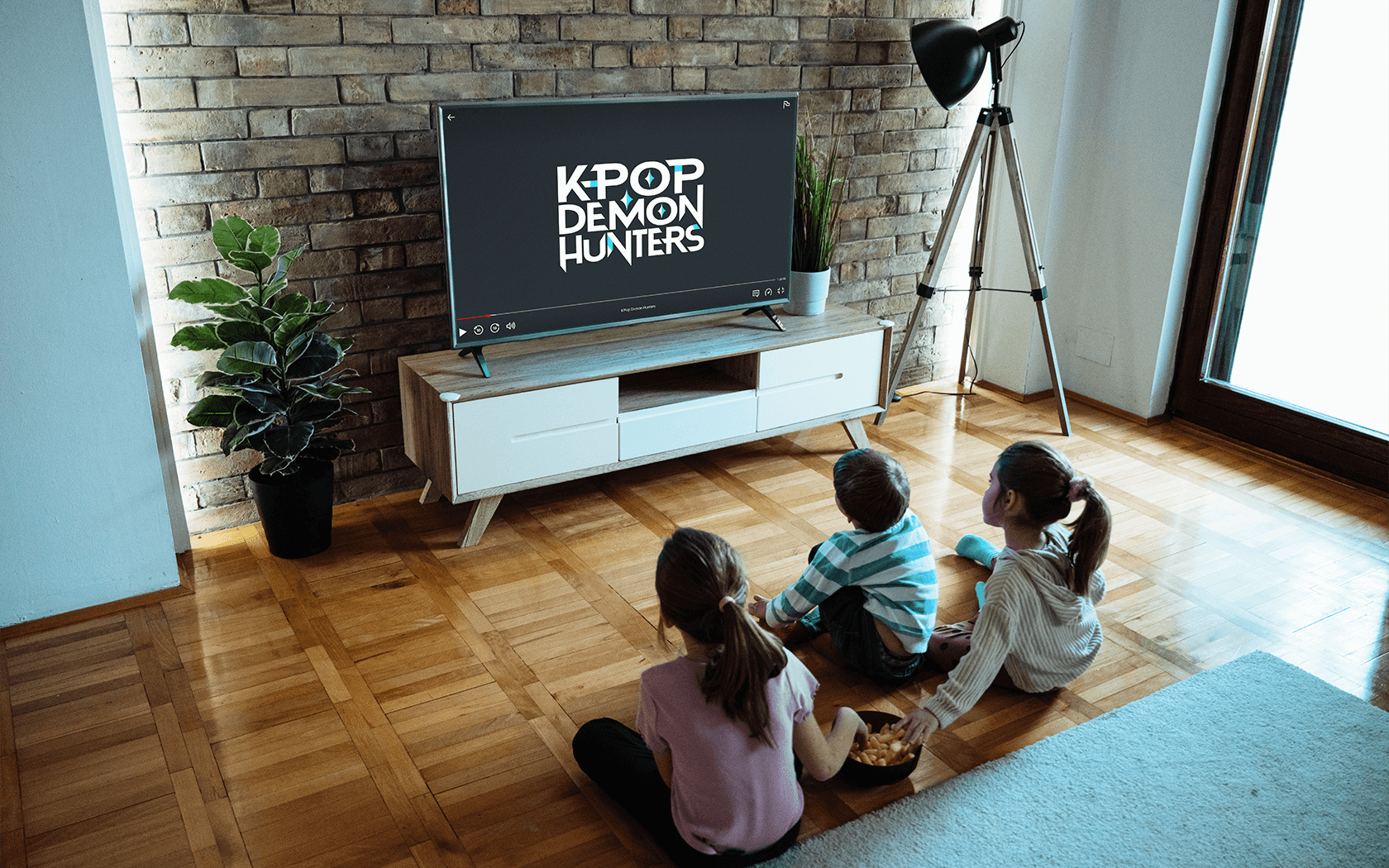If we asked you to name a popular social media platform, you’d probably say Facebook or Instagram, maybe even Twitter. We would say TikTok.
Many parents are probably unfamiliar with the lip-syncing app, but kids know it and love it — in fact, TikTok saw a whopping 3.81 million downloads in September 2018, beating out Facebook, YouTube, and Snapchat. But is TikTok safe for kids to use? If you’re not sure whether your kids should be among the app’s many users, read on for our take on its pros and cons.
What is TikTok?
Once upon a time, kids could download musical.ly, a lip-syncing app that quickly grew to have more than 200 million users. But that was before ByteDance. The Chinese-based company that owns TikTok acquired musical.ly in November 2017 and the two platforms have operated as one international host for short-form mobile videos ever since — the app has a simple, user-friendly concept, which is likely why it exploded in popularity. Think of it as a combination of YouTube, Vine, and Dubsmash.

How does TikTok Work?
TikTok users can record and share 15-second videos in which they lip sync to popular music, show off a dance routine, act alongside their favorite skits, or create remixes using features like slo-mo, emojis, graphics, and filters; there’s also a live-streaming option.
Pros:
- There is an endless stream of entertaining content on TikTok, from duets and comedy skits to makeup transformations, which can be easily searched for using hashtags. The app is also filled with a ton of fun, colorful, and seasonal graphics.
- Kids who are interested in making their own videos have access to a world of creative inspiration, not to mention hundreds of songs and filters to choose from.
Cons:
- The app is frenetic in nature. Short videos will play automatically as users scroll through their feeds. And since many of the videos also contain music, it can be loud and disruptive.
- Allowing users to scroll through recommended videos is one of TikTok’s most prominent features. Knowing this, it’s easy to see how kids might be accidentally exposed to content that wasn’t intended for them.
- Viral “challenges” are big on TikTok. These can encourage dangerous behaviour—like this “eye bleach challenge“ described by Protect Young Minds.
What is TikTok going to cost me?
TikTok is free to use and download on a mobile device — all kids need to do is create an account, which requires an email address, phone number, or social media account.
Pros:
- Since there are no upfront costs, parents can explore the app prior to making a decision about whether or not it’s appropriate for their kids.
Cons:
- Kids are able to make some in-app purchases; the iTunes listing states that users can purchase coins for a range of prices between $0.99 and $99.90. And though it’s not entirely clear how these coins are used in the app (TikTok provides only minimal information about its virtual items), this rewards-based system further contributes to the app’s addictive nature.

How does TikTok let kids interact with each other?
TikTok encourages users to like, comment and follow—and these social validation metrics can put pressure on kids and sometimes negatively impact their self-esteem.
Pros:
- The social aspect is undoubtedly fun for kids. In some cases, it may even make young children feel included, like they’re part of a unique, creative community.
- Hashtags play a major role in TikTok. They make it easy for kids to find and follow content (and creators) that are of interest to them.
- Users have the ability to connect and share with friends, and also make new friends no matter where they are in the world.
- There are a few safety and privacy settings that, when enabled, can make TikTok safer. We outline the key features and how to use them in this article here, but like any social media platform, it’s not possible to guarantee user safety.
Cons:
- It’s easy to see how TikTok can contribute to harmful popularity contests among children. Social validation in the form of collecting views, likes, comments, and shares can have a negative impact on kids’ and teens’ self-esteem.
- Unless the relevant safety controls are enabled (more on this below), users can search for anything and everything (or everyone) that comes to mind.
What are TikTok’s safety features?
Like other social media apps (Roblox, YouTube Kids), TikTok’s user agreement states that the app is for kids age 13 and older; those under the age of 18 must also have parental consent. In addition to these rules, parents can set a few additional safety features, which developers have been working to improve.
Pros:
- Privacy settings are conveniently outlined on TikTok’s website, where parents can click through to learn more or to find specific instructions for managing safety in-app — there are options available for securing kids’ accounts, content, and connections.
- Comments, duets, and direct messages can be open to everyone, limited to friends, or turned off completely.
- There are a few ways to control who can see your kids’ videos: creating a private account, marking individual videos as private (in which case they’ll only be visible to the creator), and blocking individual users.
- TikTok has a new Digital Wellbeing feature that helps to restrict the amount of time kids spend on the app.
- After receiving several complaints related to inappropriate content, ByteDance has made recent promises to increase its number of moderators from 6,000 to 10,000.
Cons:
- Many social media platforms have safety blind spots, and TikTok is no different — several parents have raised concerns about inappropriate language and sexually explicit content.
- TikTok advises against sharing photos and personal information in user profiles since that information is visible to all, even if privacy settings are turned on.
- Though search terms can be blocked, there are no other ways to filter out content that appears in kids’ feeds.
- TikTok is rare in that it’s possible for users to watch videos without first creating an account, so if kids are determined to play, all they need is access to a mobile device (which is likely these days).
Is TikTok for kids? Kinzoo’s recommendation
TikTok wasn’t designed for kids, and the fun and engaging aspects of the app are greatly outweighed by the risks.
TikTok is not intended for children 12 and under. Users can easily connect with others, regardless of whether or not they know each other outside the app, and there are a lot of social validation and vanity metrics involved. Though they are being proactive with some of their features, the platform doesn’t have robust parental control, so parents are well-advised to follow the terms and keep young children off the platform.
Photo Credits: Vlasov Volodymyr / Shutterstock Inc., Faizal Ramli / Shutterstock Inc., carballo / Shutterstock Inc.



























